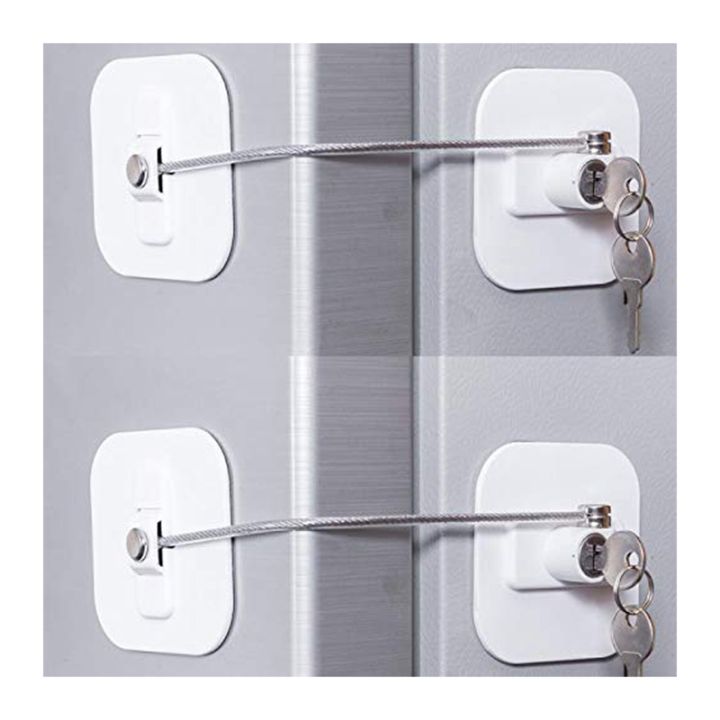Mini fridges are an excellent addition to any dorm room, office, or man cave, providing a convenient way to keep beverages and snacks cold and close at hand. However, their compact size and portable nature can also make them a target for unauthorized access, whether it’s roommates eyeing your limited edition soda or coworkers who can’t resist your homemade lunch. That’s why securing your mini fridge is an essential aspect of owning one. In today’s post on TheKitchenApplianceDad.com, we’ll explore effective methods to lock a mini fridge, ensuring that your goodies are kept safe from prying hands.
Privacy and Security:
The primary reason to lock your mini fridge is to protect your privacy and ensure the security of the contents inside. This is particularly important in shared spaces like dormitories or communal work areas.
Dietary Restrictions:
For individuals with allergies or specific dietary requirements, securing a mini fridge prevents any cross-contamination or unintended consumption of restricted foods.
Preventing Theft:
In some environments, especially in offices or college dorms, the risk of theft can be high. A lock helps deter potential snack thieves.

Securing a mini fridge can be accomplished in a few different ways depending on the model of the fridge and the level of security needed. Here are some of the most effective methods:
Some mini fridges come with built-in locks. These are the most convenient option for security as they require no additional setup. Fridges like the Midea WHS-65LB1 include a basic lock and key system that is perfect for deterring casual snack thieves.
For mini fridges that do not come with pre-installed locks, aftermarket fridge locks are a viable option. These locks can be attached to your fridge without much hassle.
Padlock Loops:
Some locks are designed with a cable that can be looped around a secure part of the fridge and locked with a padlock. This method is useful for fridges that have handles. A good example is the Computer Security Products Refrigerator Door Lock, which can be installed with adhesive and doesn’t require drilling.
Fridge Lock Boxes:
Another option is to use a lockable box inside the fridge. This is particularly useful for securing specific items rather than the entire fridge contents. The Lockabox One is a popular choice for its sturdy design and compact size, fitting well inside most mini fridges.
For those who prefer a more hands-on approach or need a temporary solution, DIY fridge locks can be improvised.
Homemade Padlock Loop:
You can create a padlock loop by attaching a hasp and a padlock to your mini fridge. This requires some tools and skills, as you’ll need to drill into your mini fridge, which might not be suitable for everyone.
Child Safety Straps:
Child safety straps, commonly used to secure cabinets from toddlers, can also be adapted to secure mini fridges. These straps are generally adhesive-backed and can be removed with minimal damage, making them ideal for renters.
Before choosing a method to secure your mini fridge, consider the following factors:
Securing your mini fridge is an essential step in protecting your food and maintaining your privacy in shared living or work spaces. Whether you opt for a fridge with a built-in lock, install an aftermarket lock, or go the DIY route, there are several effective ways to ensure that your snacks and beverages are kept safe.
By securing your mini fridge, you not only protect your personal items but also enhance your peace of mind. At TheKitchenApplianceDad.com, we understand the importance of keeping your personal space and belongings secure, and we hope this guide helps you achieve just that with your mini fridge. Happy locking!

